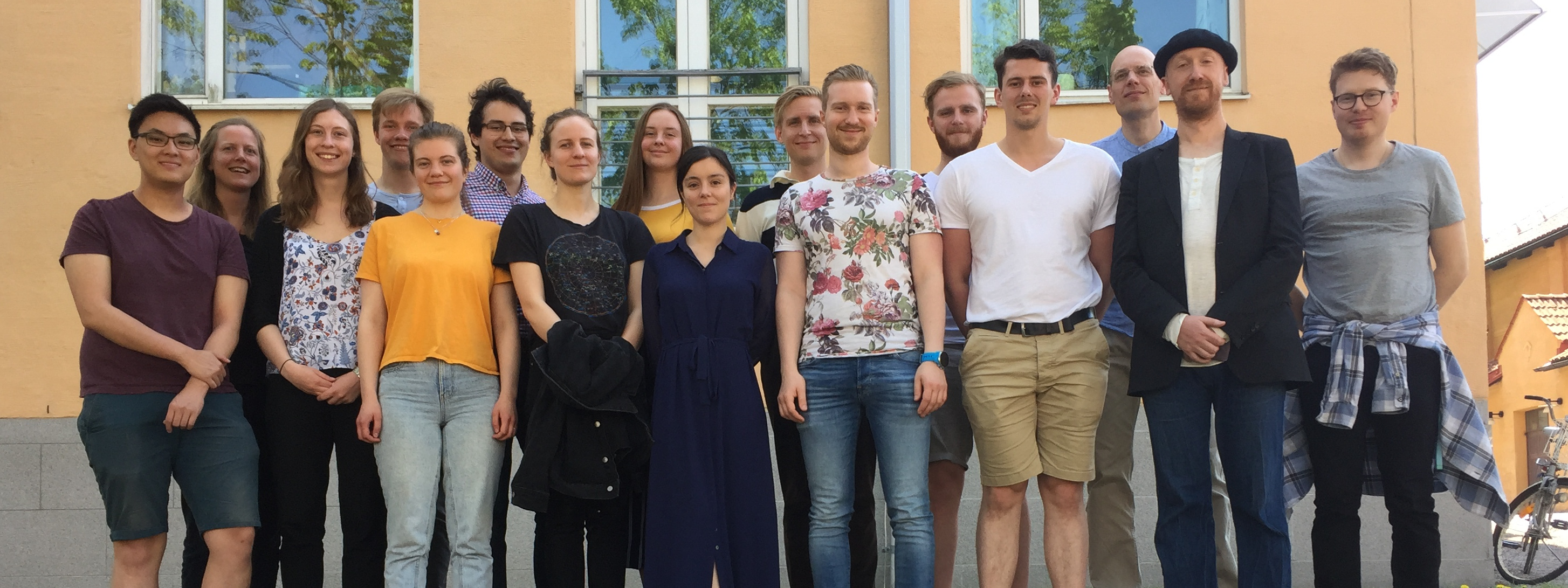Read our new article published in PLoS Computational Biology!
You find the full link here:
https://journals.plos.org/ploscompbiol/article?id=10.1371/journal.pcbi.1010469
Silfvergren O, Simonsson C, Ekstedt M, Lundberg P, Gennemark P, Cedersund G. Digital twin predicting diet response before and after long-term fasting. PLoS Comput Biol. 2022 Sep 12;18(9):e1010469. doi: 10.1371/journal.pcbi.1010469.
ABSTRACT
“Fasting and diet are central components of prevention against cardiovascular disease. Unfortunately, there is little consensus regarding which diet schemes are optimal. This is partially because different clinical studies contribute with different non-connected pieces of knowledge, which have not been fully integrated into a useful and interconnected big picture. In principle, mathematical models describing meal responses could be used for such an integration. However, today’s models still lack critical mechanisms, such as protein metabolism and a dynamic glycogen regulation. Herein, we present a) a new expanded model structure including these mechanisms; b) a set of parameters which can simultaneously describe a wide array of complementary estimation data, in both healthy and diabetic populations; c) a personalisation-script, which allows these generic parameters to be tuned to an individual/sub-population, using demographics (age, weight, height, diabetes status) and historic metabolic data. We exemplify how this personalisation can be used to predict new independent data, including a new clinical study, where a qualitatively new prediction is validated: that an oral protein tolerance test gives a clear response in plasma glucose, after, but not before, a 48h fasting period. Our combined model, parameters, and fitting script lay the foundation for an offline digital twin.”






